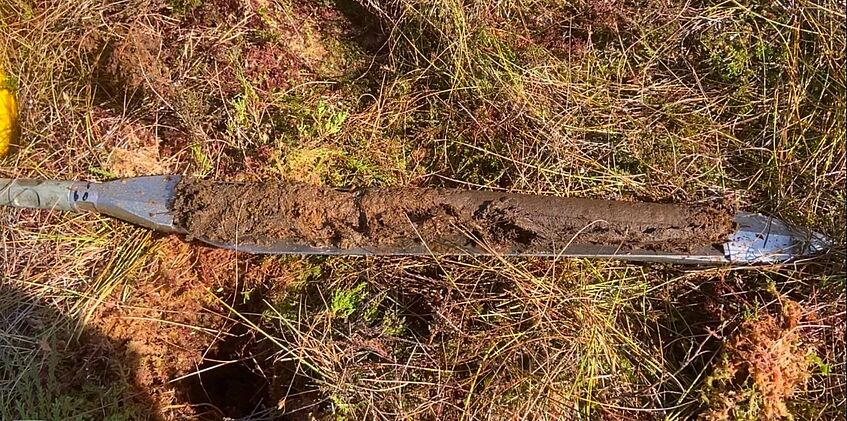Dissertation projects
Exploring Slow-Moving Landslides and Greenhouse Gas Emissions in Pre-Alpine Grassland: from Observations to Modelling

Photo by Kirill Grachev, © 2024
Exploring Slow-Moving Landslides and Greenhouse Gas Emissions in Pre-Alpine Grassland: from Observations to Modelling
Accurate estimations of greenhouse gas budgets for countries contribute to the development of sharpened policies on the national and international level to tackle climate change. However, the mechanisms behind the dynamics of greenhouse gas fluxes in soils remain complex and require the inclusion of other sciences in research. Kirill Grachev, spec, as part of two working groups—Geoecology and ENGAGE—unveils the interconnections between soil properties, landslide activity and greenhouse gas (GHG) fluxes. Geomorphological findings delivered from the observatory Hofermühle enriched with the non-steady static chamber method enable us to decipher links between two natural phenomena: slow-moving landslides and GHG fluxes. The main hypothesis—that land displacement on the physico-chemical soil characteristics and, consequently, on the GHG flux is to be proven in the further laboratory experiments.
Peat decomposition at Puergschachen Moor
Undisturbed peatlands play a crucial role as carbon sinks over thousands of years. However, with ongoing climate change and increasing anthropogenic activity, the peatlands’ carbon balance was shifting from a sink to a source.
As part of a dissertation, Yujing Deng, BSc MSc from the University of Vienna (working group Geoecology, Institute of Geography and Regional Research) is working on the decomposition of peat by soil microorganisms under warming, oxygenation, N deposition and agricultural use.
For this purpose, peat samples from various agricultural intensification levels (pristine bog, extensive and intensive meadow) will be incubated at varied temperatures, both aerobic and anaerobic conditions, and with increasing amounts of N addition. Along with regularly collecting and analyzing greenhouse gases (CO2, CH4, and N2O) over the incubation period, this study will also investigate the microbial biomass, different enzyme activities, and variations in the concentrations of inorganic N and P before and after incubation.
The aim is to explain the mechanisms of peat decomposition in alpine bogs and to better predict the effects of environmental change on peat decomposition.

Sampling at Puergschachen Moor (c) Yujing Deng
